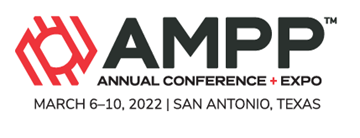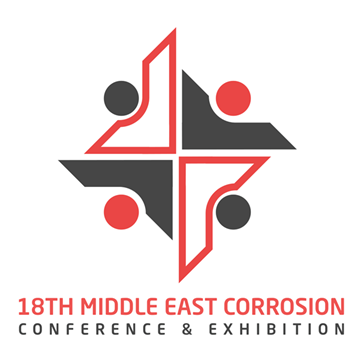Search
Individual Conference Papers
View as
Sort by
Display
per page
Life Cycle Costs For Thermal Spray Zinc Duplex Coatings On Long Lifetime Steel Constructions
Product Number:
51322-17803-SG
Publication Date:
2022
$20.00
Life Extension of Offshore Field in the Santa Barbara Channel 1: Simultaneous ICCP Retrofit of Three Jacket Platforms
Product Number:
51323-18978-SG
Publication Date:
2023
$20.00
Life Extension of Offshore Field in The Santa Barbara Channel 2: Multi-Objective Optimization of Retrofit ICCP Anode Sled Placement Using Calibrated 3D Simulations
Product Number:
51323-19382-SG
Publication Date:
2023
$20.00
Life Extension of Offshore Field in the Santa Barbara Channel 3: Subsea CP Retrofit of 7 Pipelines with Small ROV Vessel Enabled by Hot Stab Anode String Assemblies
Product Number:
51323-19414-SG
Publication Date:
2023
$20.00
Life-Cycle Cost Evaluation Of Corrosion Mitigation Strategies In Mining Industry
Product Number:
51322-18146-SG
Publication Date:
2022
$20.00
Lifetime Corrosion Control Cost Minimization
Product Number:
51220-265-SG
Publication Date:
2020
$20.00
Lifting of Multiple in-Service Lines for CUPS Inspections and Remediation
Product Number:
51220-246-SG
Publication Date:
2020
$20.00
Lighting Applications for Protective Coatings: The LED Advantage
Product Number:
41211-624-SG
Publication Date:
2011
$20.00
Lightweight Sol-Gel Coating to Mitigate Galvanic Corrosion
Product Number:
51323-18758-SG
Publication Date:
2023
$20.00
Lightweight Tomographic Monitoring of Pipe Wall Thickness
Product Number:
MECC23-19896-SG
Publication Date:
2023
$20.00
Limitations of the Old Generation Water and Steam Cycle Chemistry Treatment: Highlighting Corrosion Issues and Proposing Advanced Treatment Options
Product Number:
MECC23-20108-SG
Publication Date:
2023
$20.00
Line Pipe DC-ERW Long Seam Weld Anomaly Investigation
Product Number:
51324-21182-SG
Publication Date:
2024
$40.00












